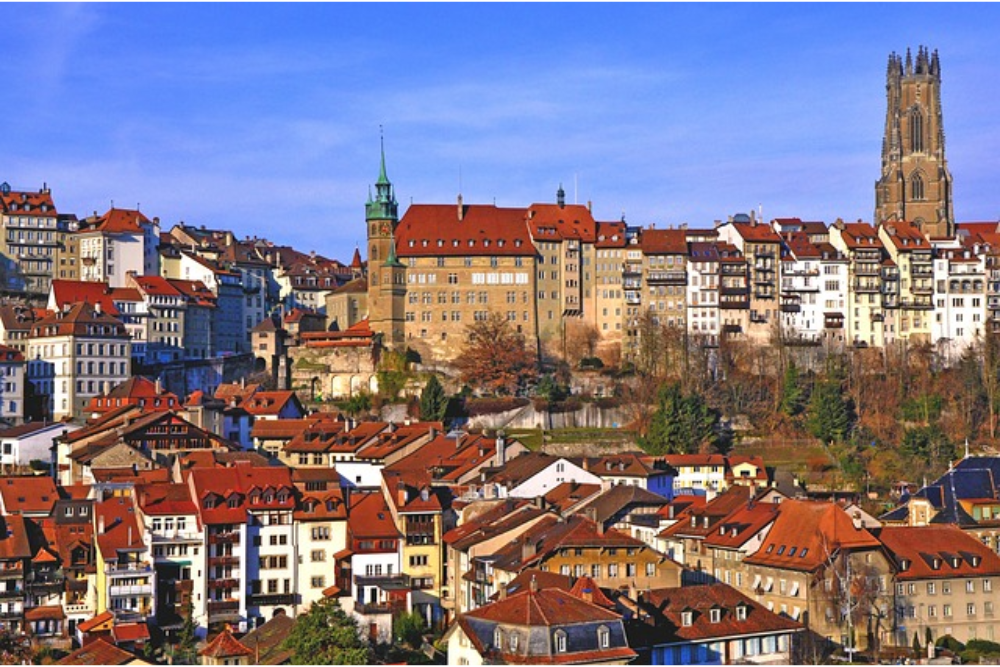Introduction
Fribourg is a beautiful city in western Switzerland, known for its very much protected middle age engineering and its area along the Sarine Waterway. It fills in as the capital of the canton of Fribourg and is a bilingual city, where both French and German are spoken. The old town is roosted on a rough slope and elements dazzling Gothic structures, including the famous Holy person Nicholas Basilica. Fribourg likewise has a dynamic social scene, with workmanship displays, galleries, and a rich practice of celebrations. Its mix of history, culture, and normal excellence makes it an enchanting objective.
Old Town (La Vieille Ville)
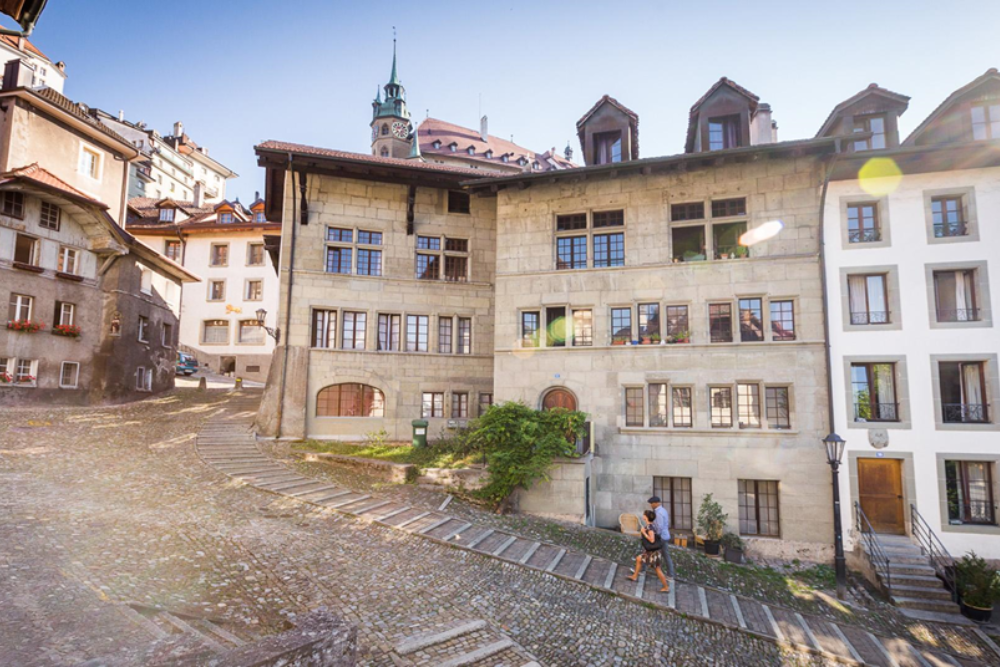
- One of the best-preserved medieval towns in Europe, featuring narrow cobblestone streets, beautiful Gothic architecture, and over 200 historic facades. Explore the city’s ancient bridges and fountains.
- Stroll through the streets and discover hidden architectural gems.
Saint Nicholas Cathedral
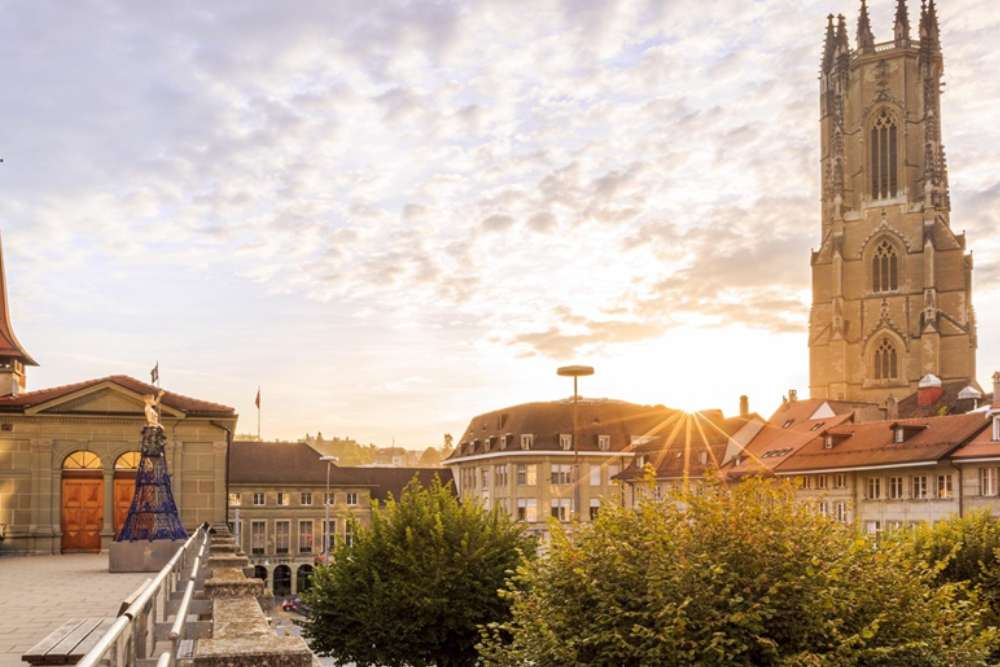
- This stunning Gothic cathedral, built in the 13th century, dominates the skyline of Fribourg. The interior is equally breathtaking, and visitors can climb the bell tower for a panoramic view of the city.
- Climb the 365 steps to the top of the tower for a 360-degree view of the city and the Sarine River Valley.
Espace Jean Tinguely – Niki de Saint Phalle
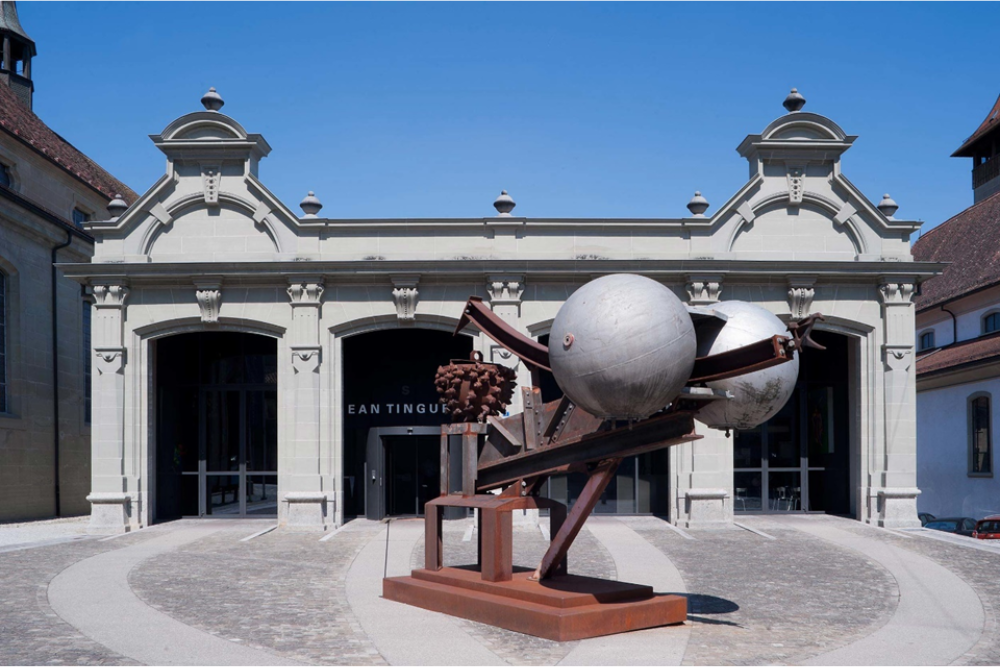
- A museum dedicated to the works of the Swiss artist Jean Tinguely and his wife, Niki de Saint Phalle. It showcases mechanical sculptures, kinetic art, and other contemporary works.
- Interactive exhibits and whimsical sculptures offer an inspiring and thought-provoking experience.
Gruyeres
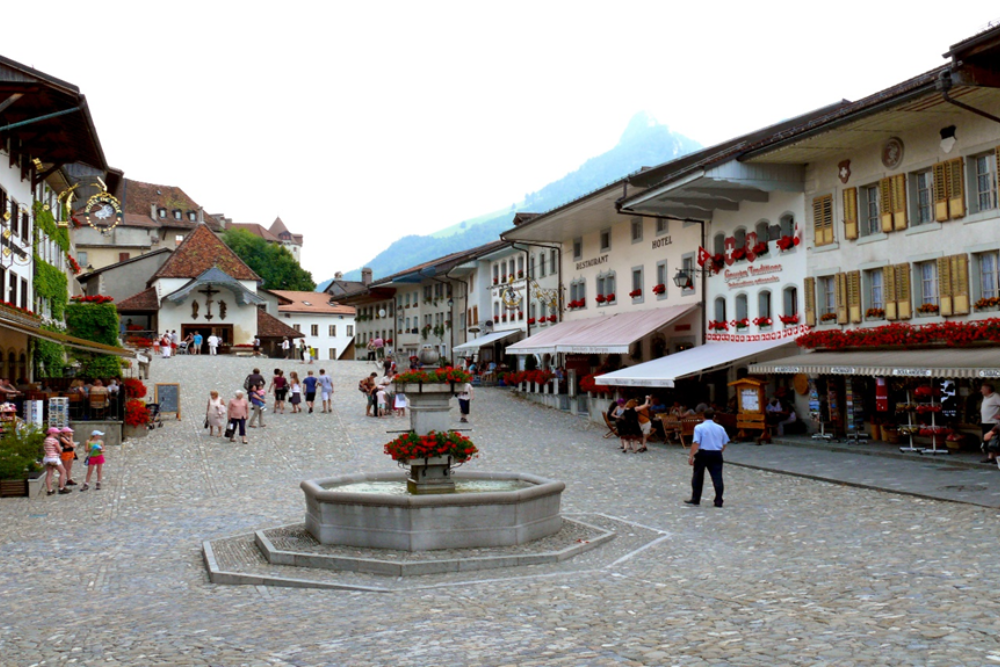
- A short trip from Fribourg, the picturesque town of Gruyeres is famous for its cheese. Visit the Gruyeres Castle and the Maison du Gruyere cheese factory to see how the world-renowned cheese is made.
- Take a cheese-tasting tour and explore the surrounding hills on a scenic hike.
Chemin des Ponts (Bridge Path)

- This walking route takes you across Fribourg’s iconic bridges, such as the Pont de Berne and Pont de Zaehringen, offering picturesque views of the river and the city.
- Follow the trail along the Sarine River and enjoy an active day exploring nature and architecture.
Poya Suspension Bridge
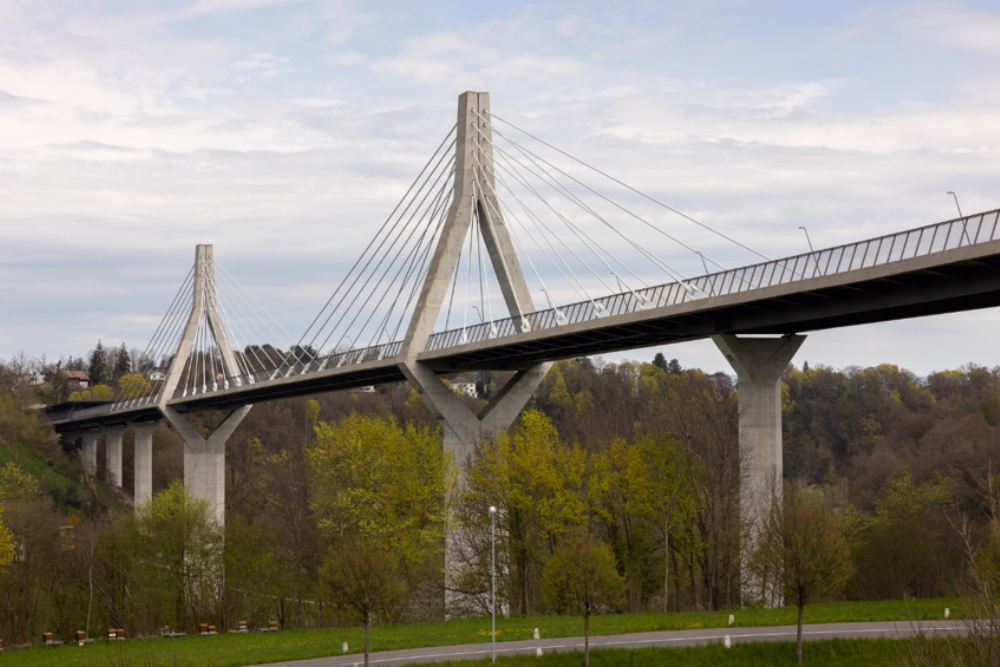
- A modern architectural marvel, the Poya Bridge offers stunning views of the city and the surrounding countryside. It’s the longest suspension bridge in Switzerland.
- Walk or cycle across the bridge for an exhilarating view of Fribourg’s skyline.
Schwarzsee (Black Lake)
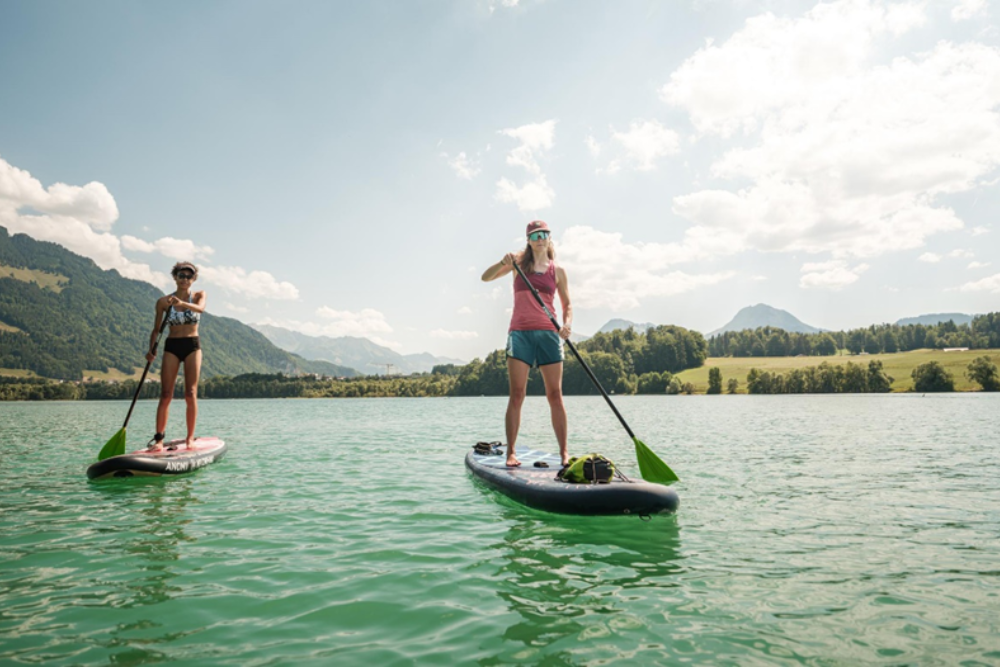
- Located about 20 km from Fribourg, this tranquil mountain lake is perfect for outdoor activities such as hiking, swimming, or renting a boat.
- Hike around the lake or try out activities like stand-up paddleboarding, kayaking, or snowshoeing in winter.
Funicular Ride
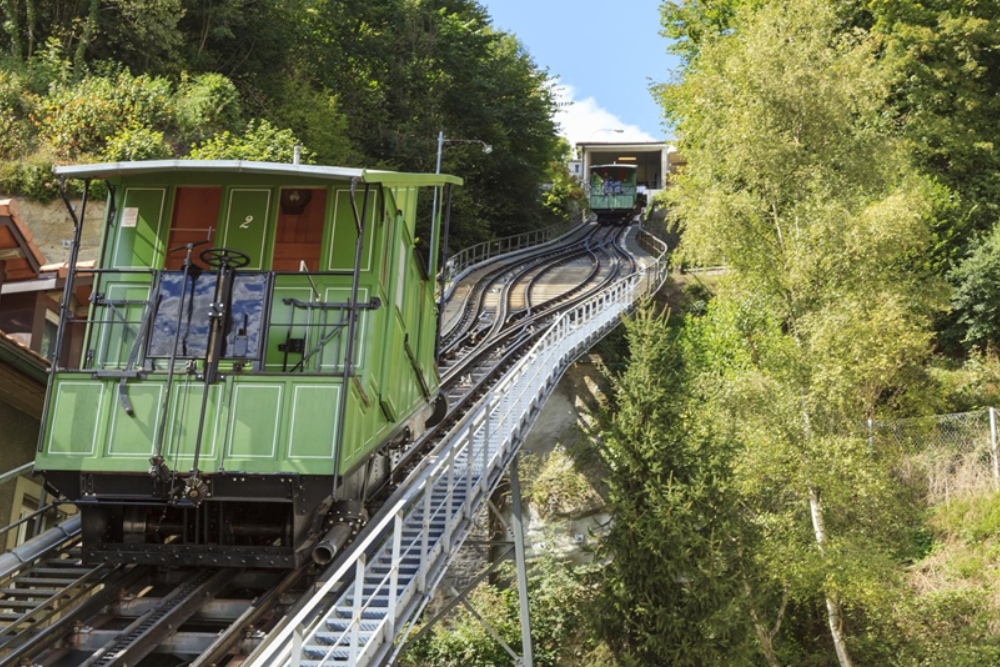
- The Fribourg Funicular, dating back to 1899, connects the lower and upper parts of the city. It’s one of the few funiculars in the world still powered by waste water.
- Enjoy the steep ride through the city’s historic heart, offering unique views of the old town.
Natural History Museum of Fribourg
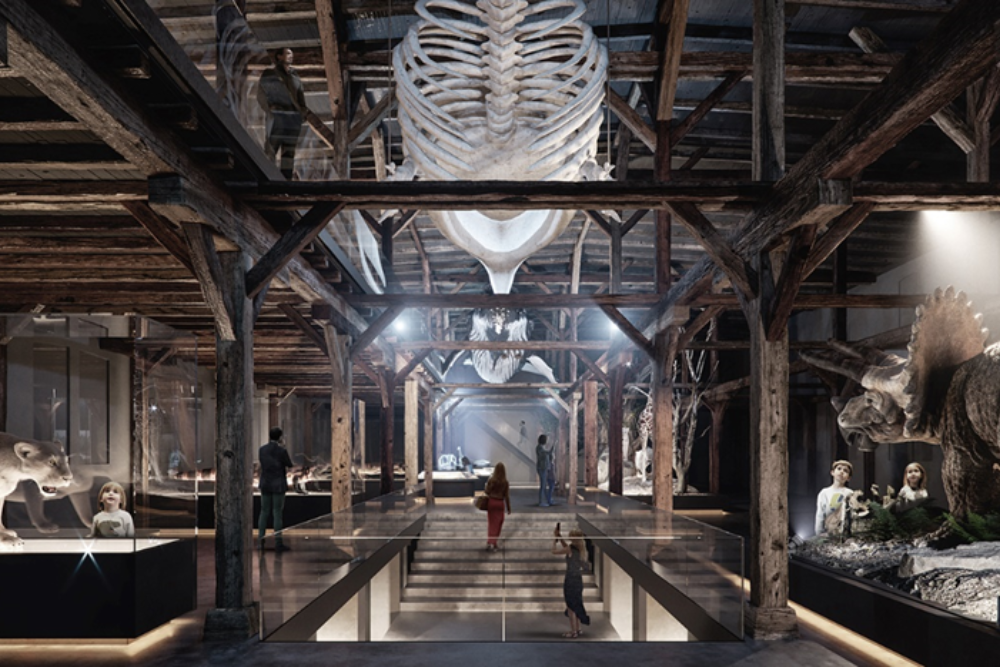
- A great spot for families, this museum offers fascinating exhibits on wildlife, geology, and paleontology, including an impressive collection of fossils and minerals.
- Hands-on exhibits and workshops make it fun for visitors of all ages.
Dos and Don’ts in Fribourg
When visiting Fribourg, it’s helpful to be mindful of local customs and practices to ensure a respectful and enjoyable experience. Here are some dos and don’ts to consider:
Dos:
- Do Respect Local Languages: Fribourg is a bilingual city, with both French and German spoken. The vast majority in the city are OK with one or the other language, however it’s courteous to welcome individuals in French (“Bonjour”) or German (“Guten Tag”) contingent upon the area. It is constantly valued to Get familiar with a couple of essential expressions.
- Do Explore the Old Town: Go for time to walk through the noteworthy Old Town (Vieille Ville), respecting the design, spans, and enchanting squares. It’s a passerby accommodating region, ideal for loosened up touring.
- Do Try Local Specialties: Try to test nearby rarities like fondue, raclette, and Gruyere cheddar. Visit the close by town of Gruyeres for a cheddar tasting visit and experience valid Swiss flavors.
Don’ts:
- Don’t Be Loud in Public Spaces: The Swiss will more often than not be saved, so keep away from clearly discussions or conduct in broad daylight, particularly in calm regions like bistros, cafes, or trains.
- Don’t Litter: Switzerland invests heavily in neatness. Continuously discard your waste appropriately and reuse where conceivable. Littering is vigorously disapproved of and may bring about fines.
- Don’t Rush Meals: Feasting in Switzerland is an all the more relaxed insight. Try not to hurry through dinners, particularly in cafes. Partake in the sluggish speed, relish the food, and take as much time as necessary.
Best time to reach in Fribourg
The best time to visit Fribourg depends on the type of experience you’re seeking, as the city offers something unique in every season:
1. Spring (March to May):
- Gentle climate, less groups, sprouting blossoms.
- Spring is a delightful opportunity to investigate Fribourg’s old town and nature, with the field showing signs of life. The temperatures are wonderful, going from 10°C to 20°C (50°F to 68°F), and there are less vacationers, making it ideal for a casual visit.
- Strolling visits, climbs around the Sarine Stream, and roadtrips to Gruyeres for a quiet encounter.
2. Summer (June to August):
- Outside exercises, celebrations, and warm climate.
- Summer in Fribourg is enthusiastic, with temperatures going between 20°C to 28°C (68°F to 82°F). It’s ideally suited for outside experiences, like climbing, visiting Schwarzsee (Dark Lake), and partaking in the city’s outdoors bistros.
- Go to neighborhood celebrations like the Fribourg Worldwide Film Celebration or investigate nature with exercises like swimming, climbing, and boat rentals.
- Summer is a famous season, so anticipate more sightseers and book convenience ahead of time.
3. Autumn (September to November):
- Picturesque scenes, far-reaching developments, and cooler climate.
- Fribourg in harvest time is dazzling, with beautiful foliage and fresh air. Temperatures decrease to around 8°C to 18°C (46°F to 64°F), making it a charming time for strolling visits and social investigation.
- Appreciate grand climbs and photography, and experience Benichon, a customary gather celebration celebrating nearby food and customs.
4. Winter (December to February):
- Christmas markets, skiing, and snow-covered scenes.
- Winter changes Fribourg into a colder time of year wonderland, with temperatures going from – 2°C to 5°C (28°F to 41°F). The city’s Christmas markets are enchanted, and close by ski resorts make it simple to appreciate winter sports.
- Visit the Fribourg Christmas Market, investigate close by ski resorts, or take a stab at snowshoeing at Schwarzsee.



